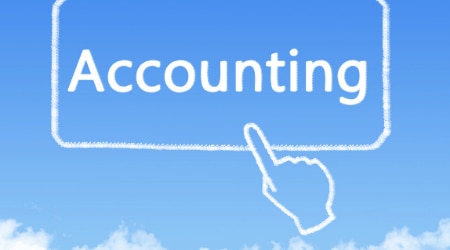Most businesses rely on at least some physical assets to stay operational. Unfortunately, even the highest-quality equipment doesn’t last forever. Because computers, cars, office equipment and machinery all lose value as time goes on, businesses need a way of recording this loss in their books.
Quantifying that loss is known as depreciation, which refers to the portion of an asset’s cost that is “consumed,” or transferred from balance sheet to income statement, in a given accounting period. In this way, businesses are attributing a portion of the profits from a physical asset to a portion of its expense.
It’s easy to confuse depreciation with amortization. Quite simply, depreciation refers to tangible assets, like those listed above. Amortization refers to intangible assets, like intellectual property, contract rights or other intangible assets with a fair market value.
In calculating depreciation, there are three factors to consider.
- Useful life: refers to the time period that the asset can be used until it doesn’t function.
- Salvage value: which refers to the amount of money a company can hope to recover by selling the asset.
- Obsolescence: companies must assess if and when an asset will become obsolete and need replacement.
These three factors will also be defined against your asset’s purchase price.
It’s important to note that depreciation is calculated based on the historical value of an item and its likely lifespan, as opposed to the cost of replacing it now. While the market value of assets like computers and machinery tends be less than the recorded amount, the market value of property can often be higher than the value listed on the balance sheet.
Additionally, companies should note that not all assets depreciate. Items predicted to last a year or less are not eligible for depreciation. Further, because only asset owners can claim depreciation, leases on assets you don’t own (e.g. buildings, cars) are not allowed.















